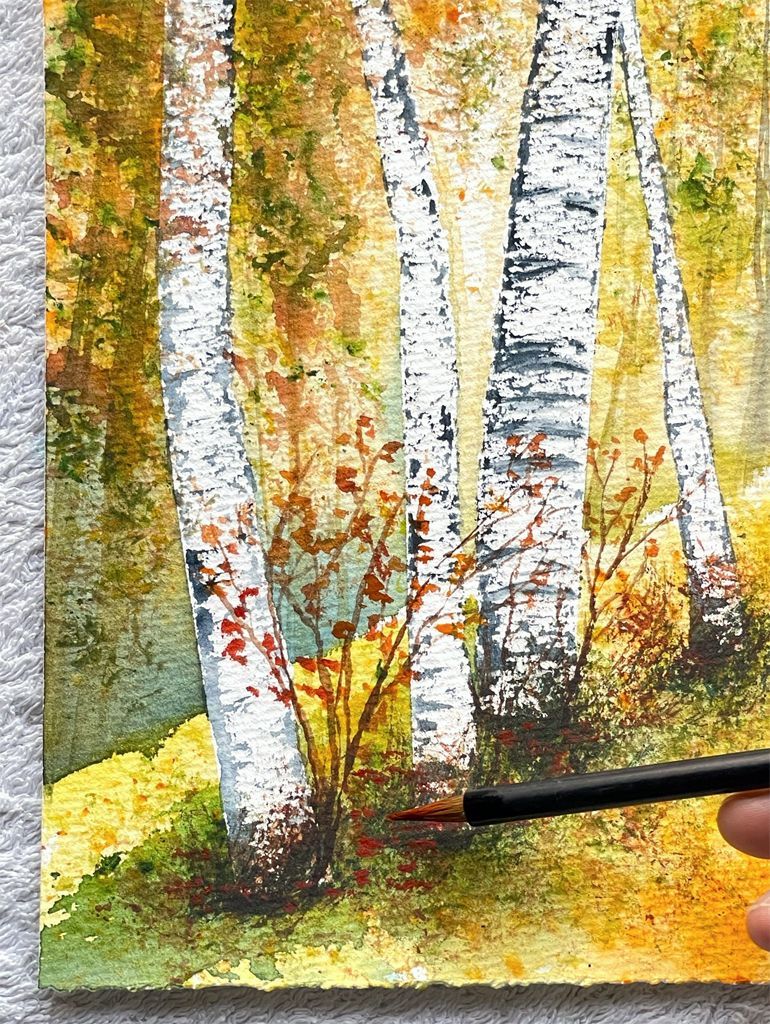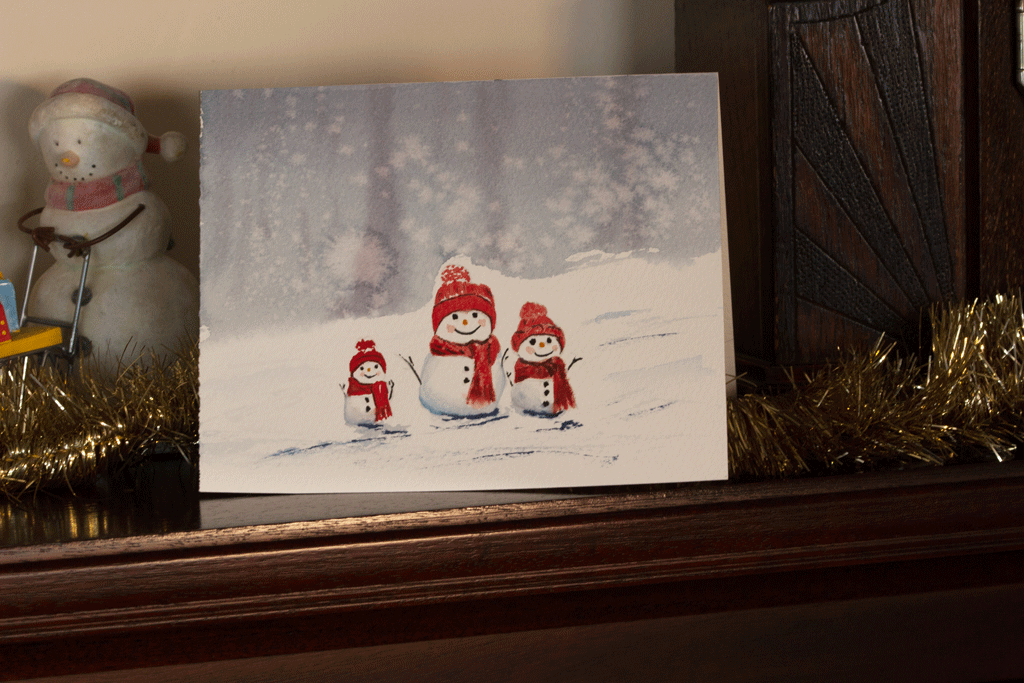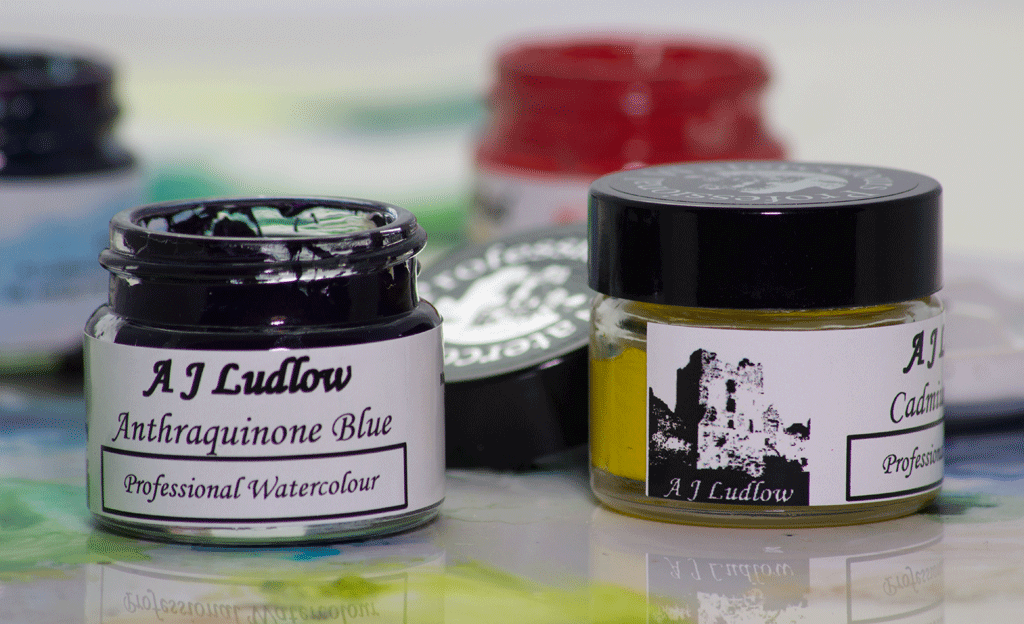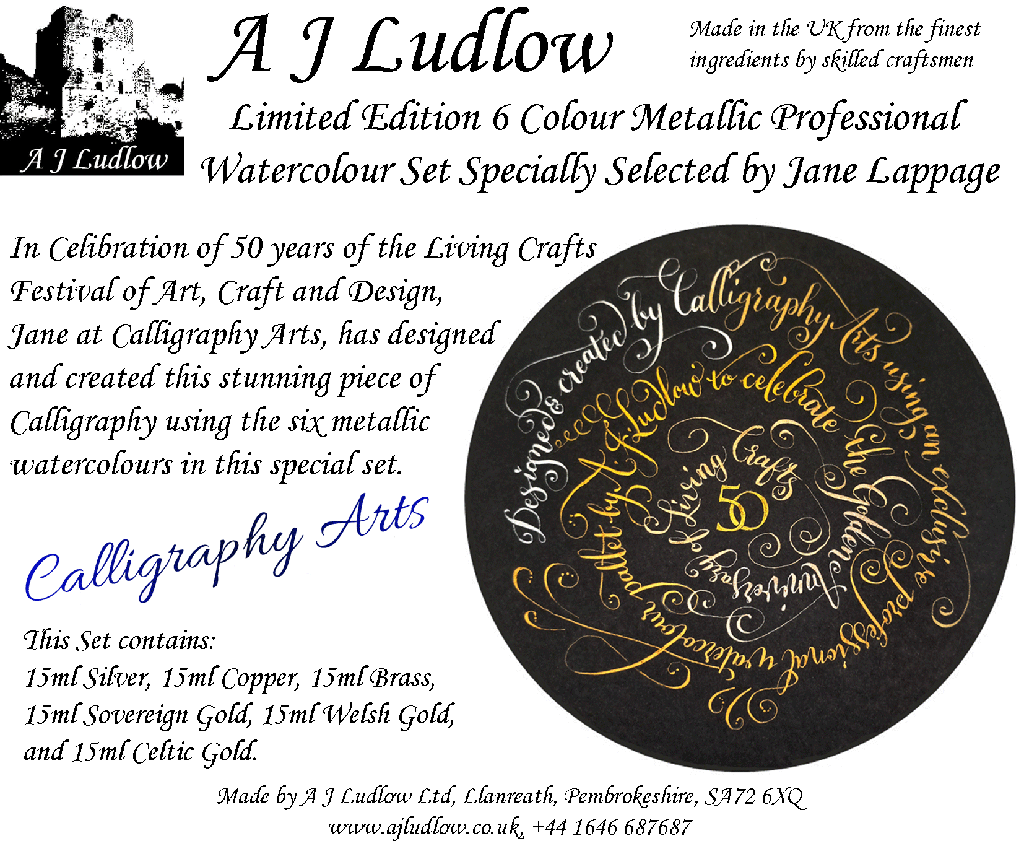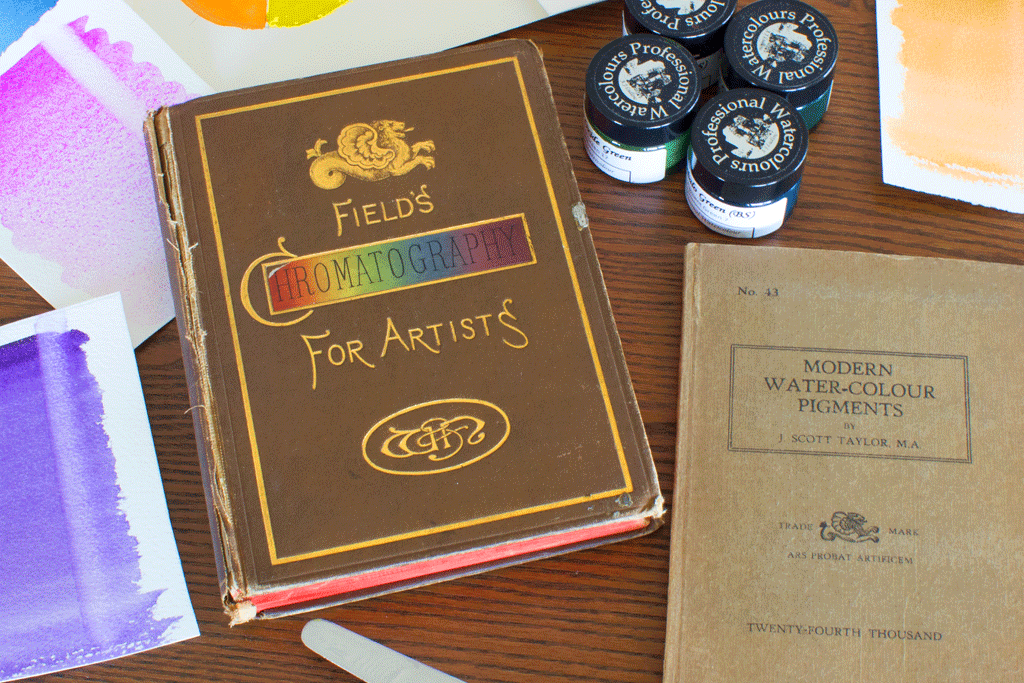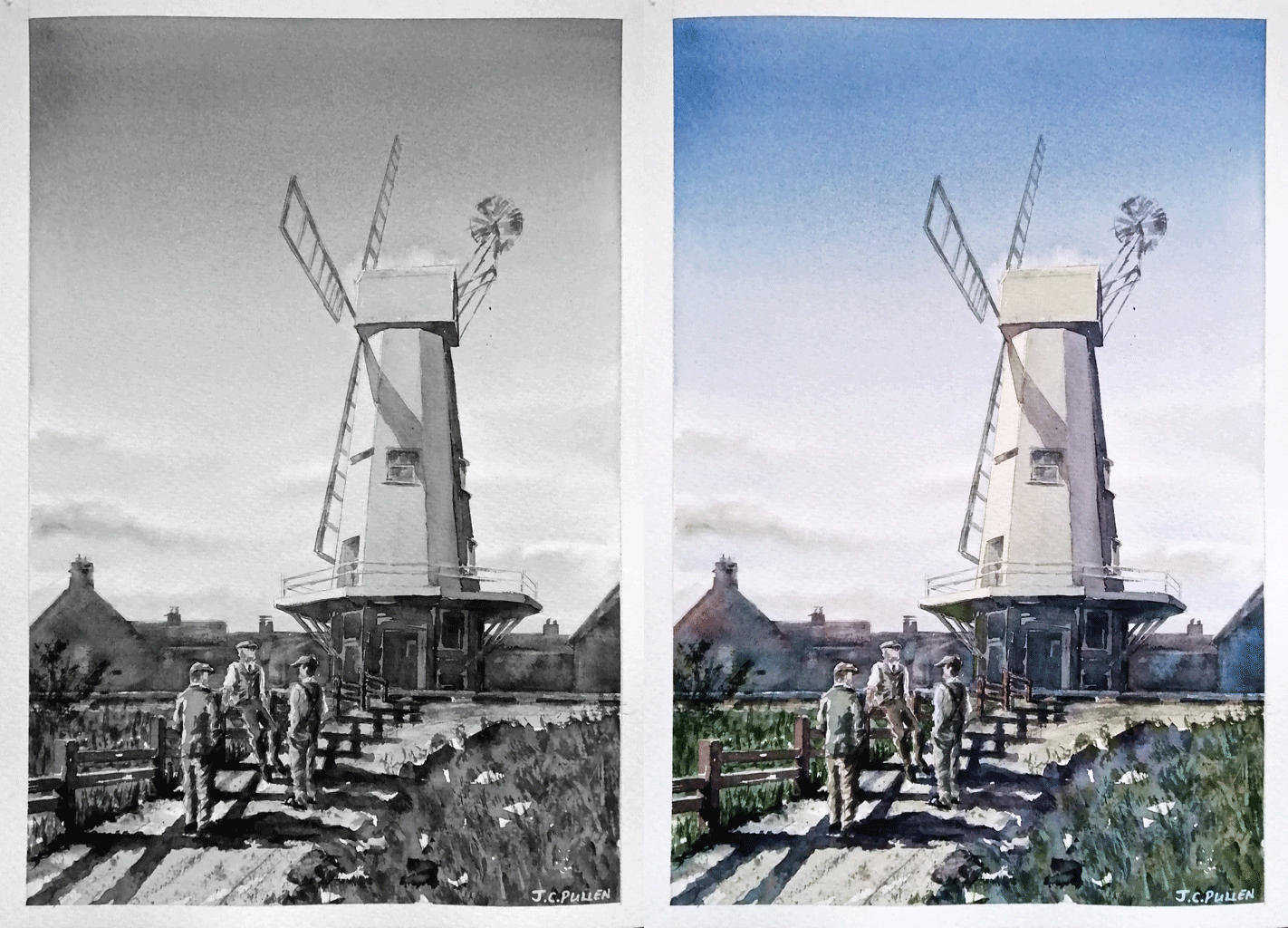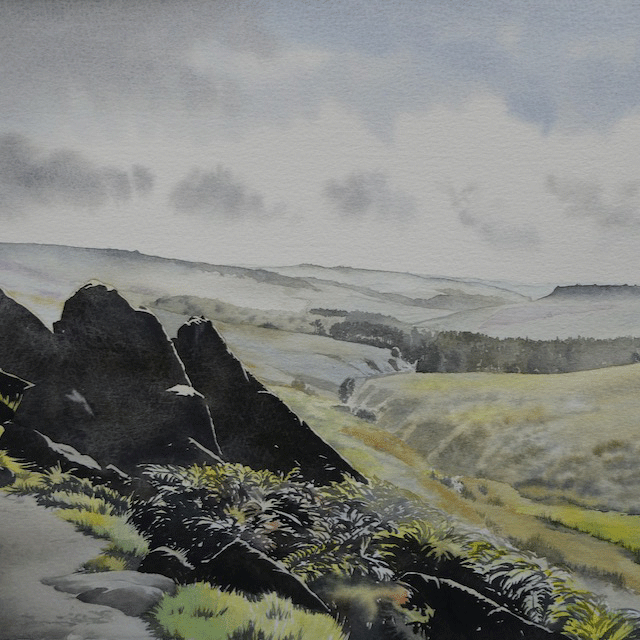ARTicles
A Colour Palette for Painting the Scenery of Autumn
Whether you are a seasoned artist or just starting out, painting the autumn scenery can be a fun and rewarding experience.

Autumn is a season that is known for its beautiful colours. It is a time when the leaves change from green to a variety of warm colours like red, orange, and yellow. Painting the autumn scenery is a popular activity among artists and art enthusiasts alike. To create a stunning autumn landscape, it is important to have a good selection of colours to work with.
When it comes to painting the autumnal scenery, there are several colours that are essential to have in your palette. These include warm colours like Burnt Sienna, Yellow Ochre, Isoindolinone Yellow and Transparent Iron Oxide Red. These colours will help you capture the vibrant and rich hues of the autumn leaves. It is also important to have some cool colours in your palette too, such as Antwerp Blue and Phthalo Green (YS), to help balance out the warm tones.
Figure 1: The watercolours in Meiru's autumn palette; Burnt Sienna, Yellow Ochre. Isoindolinone Yellow, Transparent Iron Oxide Red, Phthalocyanine Green (Yellow Shade) and Antwerp Blue.
In addition to having a good range of colours, it is also important to consider the quality of the paint. Investing in high-quality paint will ensure that your watercolours are vibrant and true to life. It will also make it easier to blend and layer colours to create depth and texture in your painting.

Figure 2: Using A J Ludlow Professional Watercolours on 425gsm Saunders Waterford CP (NOT), gives amazing results, especially with an exquisite "Purple Tip" Chinese Painting Brush.
To create a beautiful and realistic depiction of the stunning autumn landscape, the best way is to get outdoors and enjoy the natural surroundings. Having a walk in the park or going on a hike can stimulate inspiration for our next painting. The crisp air and the crunching sound of leaves under foot can help us connect with the season and capture its essence in our artwork.

Figure 3: Meiru out and about, enjoying the crisp autumn air and the myriad of beautiful colours, whilst painting en plein air.
When painting autumn landscapes, it is important to pay attention to the details. The texture of the leaves, the way the light filters through the trees, and the subtle changes in colour can all add depth and interest to your painting. Don't be afraid to experiment with different brush strokes and techniques to create the effects that you want.
Another important factor to consider when painting autumn landscapes is composition. By carefully selecting your subject and framing your painting, you can create a sense of depth and balance that draws the viewer in. Consider using the rule of thirds or other compositional techniques to guide your painting.
